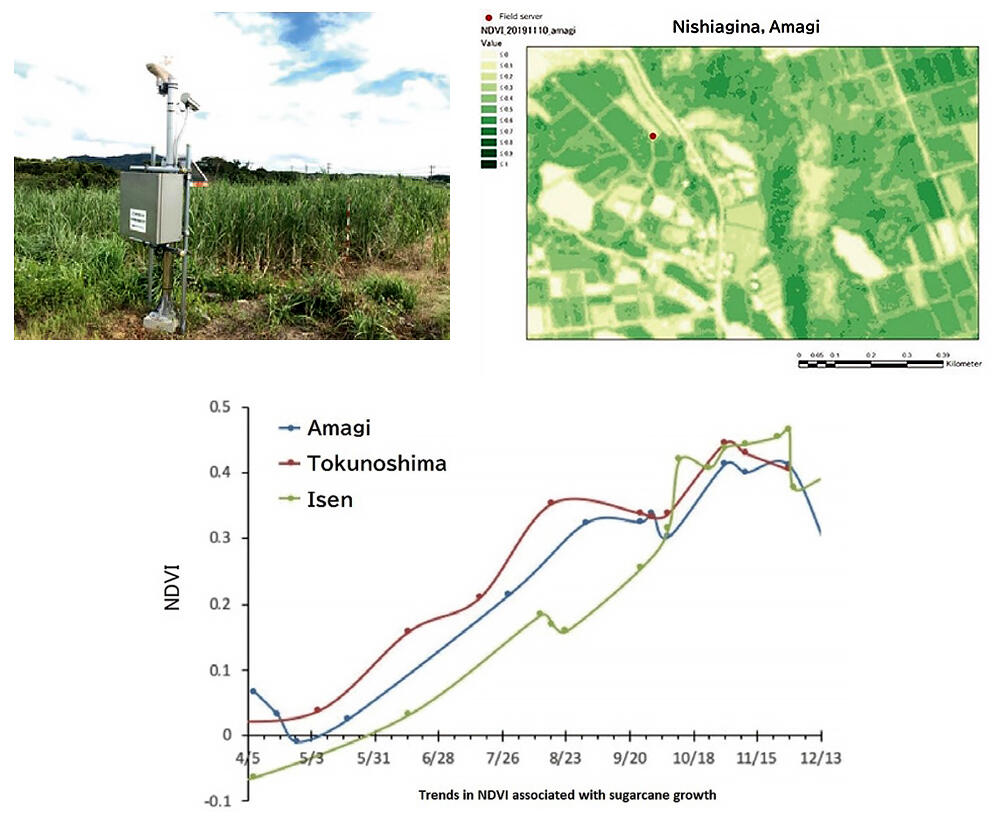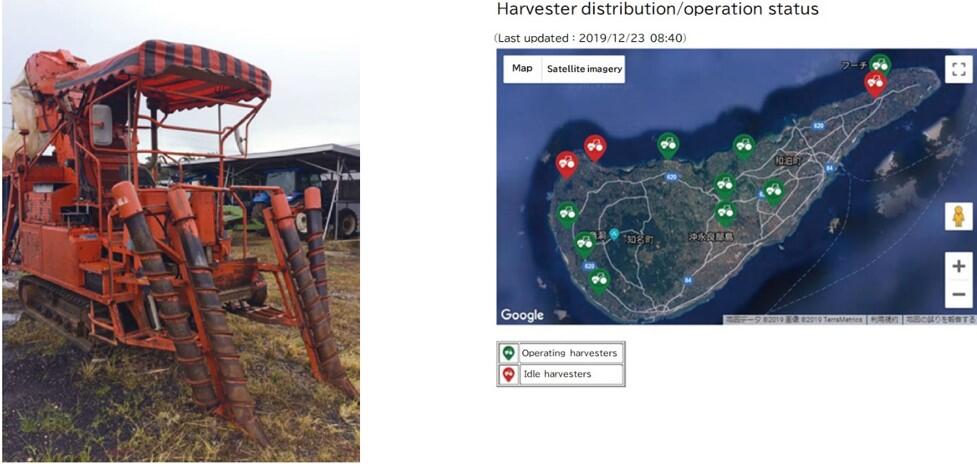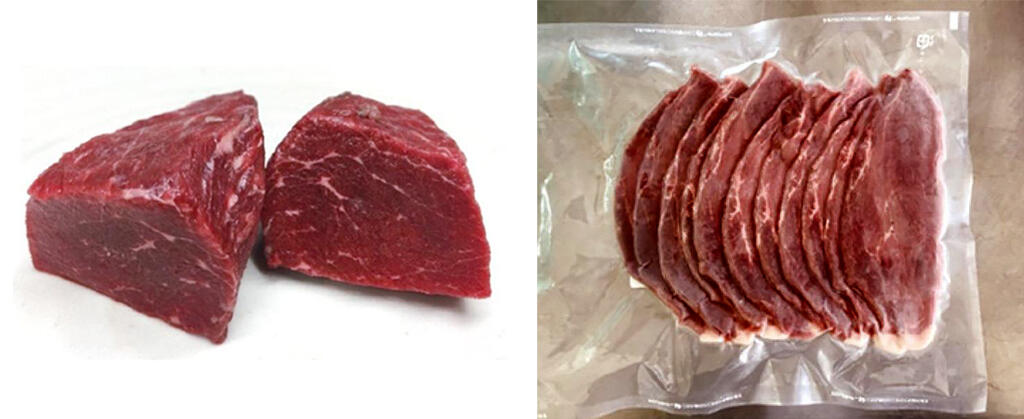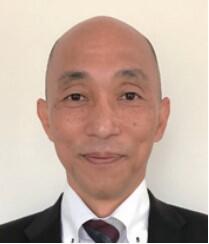Tokunoshima has been established as a demonstration field for exhibiting the results of industry-academia cooperation studies in southern Kyushu and the southwest island areas since 2018, and the "Sugar Cane Agriculture IoT Demonstration Project" has been implemented at Kagoshima University's College of Science and Community Co-Foundation Center. Here, we introduce the creation of innovations based on "microneeds," latent problems hiding in local communities, in addition to the conventional solution of regional problems through university research ideas.
Background: Kagoshima University's industry-academia/regional co-creation project in South Kyushu and the Nansei Islands
Kagoshima University is a "core base for regional revitalization" in southern Kyushu and the Nansei Islands region. Building on the advantages of the regional characteristics of these temperate/subtropical islands and the strengths of a comprehensive university with agriculture, fisheries, and veterinary medicine departments, the "Industry-Academia Regional Co-creation Center" was established in April 2018 to tackle related issues. At this center, local issues and corporate needs are presented in an integrated manner; the results of university research are also discussed. A "demonstration field" has been developed in southern Kyushu/Southwest Islands area as a site to attempt to implement the results of university research in the local community, while solving local issues by linking them to industry-university collaborative research.
Collection of regional issues using sugarcane agriculture as an example.
Tokunoshima is the island with the largest arable land area (6,890 ha) in the Amami Islands. The arable land area per unit is 2.5 ha, which is larger than the national average (1.8 ha). Agricultural workers account for approximately 26% of the population and the island is blessed with a warm climate. Agriculture is actively performed through cultivation of a combination of crops, including sugarcane, beef cattle, barley, flowers, and fruit trees. Among them, sugarcane is a core crop on the island with a cultivation area of approximately 3,500 ha and a production volume of approximately 190,000 tons/year. It is a key industry of the island because sugarcane is collected at individual fields on the island, manufactured into sugar, and then exported from the island. In addition, harvesting sugarcane has become more mechanized, and the harvesting rate by harvesters has exceeded 97% and become very efficient. However, the ratio of the individuals aged over 65 in the agricultural working population is high at approximately 60%, and the number of farmhouses is decreasing annually in combination with the migration of the younger age group from the islands. In addition, many farming organizations (harvester owners) are entrusted with management and harvest operations by elderly farmers who have left the farm, absentee landowners who have moved out of the island, and part-time farmers. As a result, the management work of the self-produced land (new planting, stocking, and middle cultivation) is delayed, causing problems such as a decrease in yield. Furthermore, at sugar factories, it is not possible to survey the planted area and status of the entire island due to labor shortages and other issues, so it is impossible to forecast the total yield for the current period and grasp the daily harvest status which causes problems in factory production management.
Therefore, to solve these problems, this Center established Tokunoshima as a demonstration field in July 2018. We aimed to develop technologies such as collecting real-time meteorological and field image data using a field server, identifying the area of sugarcane planted on the entire island using remote sensing technology, and determining the area suitable for harvesting by evaluating the sugar content distribution. The "Sugarcane agriculture IoT project" was initiated as a demonstration project.

and NDVI evolution (bottom) determined in the sugarcane field on Tokunoshima Island.
Sugarcane Agriculture IoT Project to Solve Regional Issues
In this project, we first obtained the cooperation of the three Town Halls of Tokunoshima in February 2019. Subsequently, one field server (Fig. 1, left) was installed in a sugarcane field in each town, and real-time monitoring of sugarcane growth status was started with a fixed-point camera along with micrometeorological observation. Beginning in April 2018, Dove satellite images, with a high temporal and spatial resolution of 3 m at ground level, were used to assess the area for information on sugarcane cropping and growth on all islands (Fig. 1, right). Our results indicated that the normalized difference vegetation index (NDVI), an index of plant activity obtained from satellite data, increases with the growth of sugarcane and peaks at the end of November, before the start of harvesting. Currently, we are developing techniques for identifying suitable areas and crop items through continuous monitoring (Fig. 1, bottom).
Furthermore, in March 2019, an IoT cloud monitor was installed in each government office to create an environment in which townspeople, government office staff, and production personnel could freely browse real-time weather/field image data and satellite data using a field server. In addition, this data was also provided to administration officials, JA, and individual sugarcane field owners in the south-western islands other than Tokunoshima. In 2020, lectures were held in 13 municipalities, including Kikaishima Island, Tokunoshima, Amamioshima, Okinoerabujima, Yoronoshima, and Tanegashima, aiming to promote the use of satellite data. However, because of the low availability of good weather in island areas compared to the mainland, the availability of visible light/near-infrared satellite data is extremely limited, ranging from about 1 to 2 days' worth per month. Therefore, technical challenges arose, such as the fact that high temporal resolution artificial satellites must be used, the high cost of high temporal/high-resolution satellite data and the requirement of a high-volume data server, and the need for data analysts for its use.
Discovery and collection of potential regional issues (microneeds)
Originally, the demonstration project aimed at resolving the overt local challenges aggregated through material and interviews with involved individuals and community implementation of the outcomes. In the process, however, it was found that "For the people in the region, this is a natural event and is not recognized as a problem; however, there are potential items that are clearly recognized as a challenge by observers outside the region and that through resolving these issues, innovation is expected." We defined this as a 'microneed'.
For example, while conducting a project on Tokunoshima Island, a microneed was determined from the adjoining Okinoerabujima Island, namely, the location of a harvester (Fig. 2 left) to improve the efficiency of the production management of individual sugarcane fields and collection of operation information∗1. This is a challenge in the same field as the aforementioned projects; however, it is interesting that it was born elsewhere through the project network.
In response to this microneed on Okinoerabujima, we installed location/operation information collection modules in 12 units or one-fifth of all harvesters on the island in 2019. We started a new project to predict the operating status of all harvesters distributed on the island early in the morning (Fig. 2, right).

Thus, it was possible to estimate the amount of raw material that would be received at the sugar factory on a given day, which not only made the production control of the factory more efficient, but also made it easier for the farming instructors who patrol the fields to know the position of the harvester. From this, it was found that communication with the operator was greatly improved, and it became easy for individuals to go to the harvester, a task often performed by harvester carriers and refueling vehicles, which also contributed to cost reduction in related industries. Since 2021, this project has transferred operations to Kikuchi Island, and in Tokunoshima, a new project has been started to collect field topographic information by mounting a high-precision positional information module on each harvester. Thus, a wide range of regional challenges may be found from microneeds.
The network formed in the demonstration project also contributed to the discovery and collection of microneeds in other fields. For example, in Tokunoshima, we discovered the following microneed: the meat of cattle used in "bullfighting," once a valuable source of power in sugarcane agriculture, and the meat of "Ryukyuan boars," which often damage crops, was unused. We set out to solve these issues as part of a "High value-added demonstration project for unused meat (Figure 3)." In particular, bullfighting cattle are not castrated, so they have more muscle mass, less fat, and more lean meat than conventional meat (castrated cattle). Furthermore, as each bull has its own battle history, bullfighting bull meat has high potential as a rare commodity.

As in this case, the seeds of innovation from university research lie in identifying microneeds. However, as the issue itself is not recognized by the region or the parties concerned, it can be said that its discovery and collection largely depend on the coordinator's information gathering network and problem-identification ability. In addition, it is important to have a background through which coordinators' motivations and incentives can be stimulated (in this case, the orientation of the university as a whole and the input of management resources according to their concordance). It can also be said that it is difficult to discover and collect microneeds in the activities of individuals and teams.
Future Perspectives
From the efforts at Tokunoshima to date, various sensors have been installed in the field, and it has become possible to produce spot data in parallel with the production of agricultural products. Thus, we have also obtained microneeds that can double the production products into the real and digital world without changing the production scale. If this can be achieved, digital products can also be processed and valued as agricultural products to be used for marketing, high-value-added agricultural products, and production management.
Furthermore, through the "local production and consumption of data" that encourages data collection (production), analysis (processing), storage (preservation), and use at production sites, and the training of human resources termed "island data analysts" who clarify the relationship between data analysis and products, we have been able to accomplish the creation of new jobs and industries in the region. The Center will continue to explore and collect micro-needs, the seeds of innovation that lie in local communities, taking advantage of the characteristics of this university in the South-western Islands region of southern Kyushu, and hope to reap the benefits.
*1: The operation of a sugarcane harvester (harvester) is a "natural activity" for the region, and it is "natural" that the location of the harvester in the sugarcane field is unknown; however, the coordinator is the local government or business operator. During the discussion with him, he recognized that "not knowing the position when driving the harvester is a "problem".

June 15, 2021




